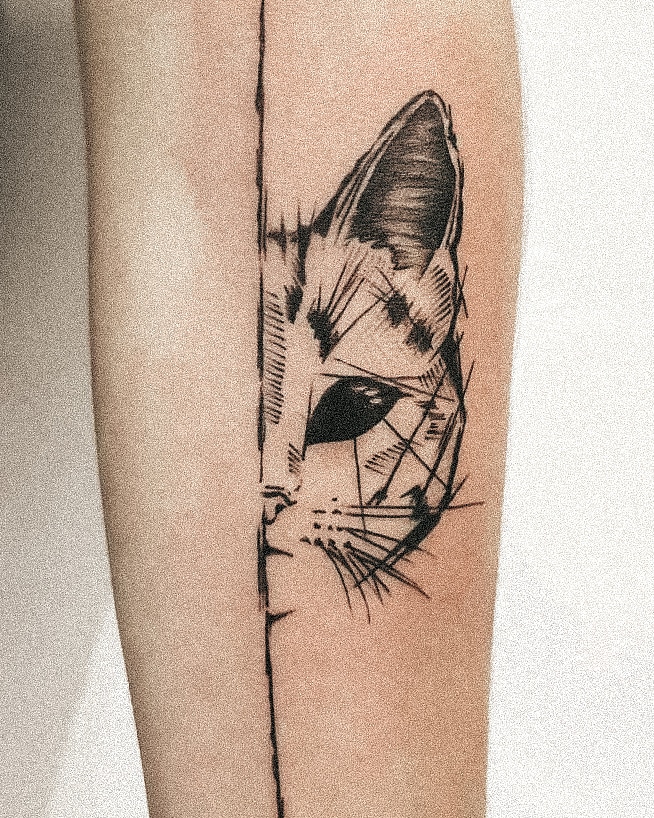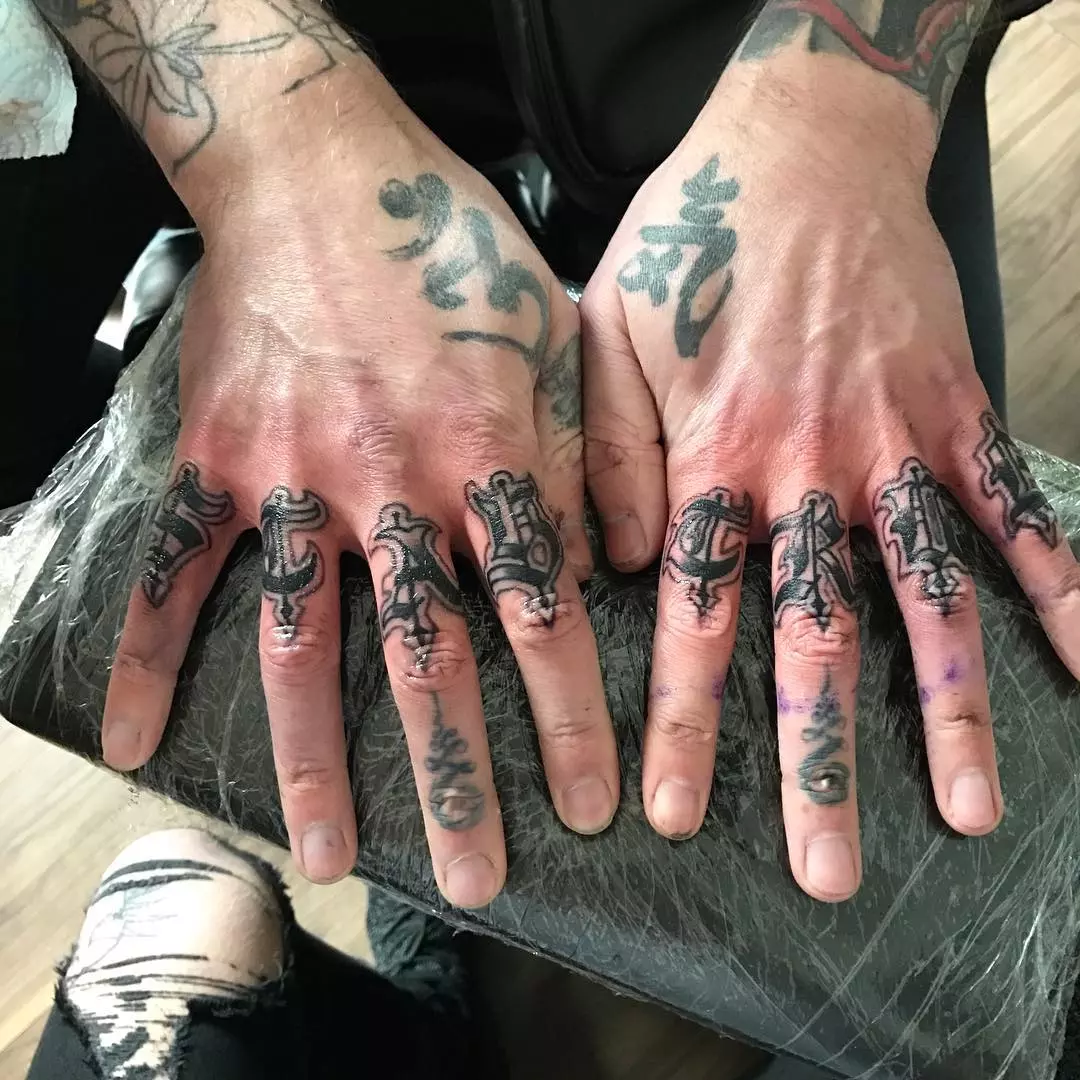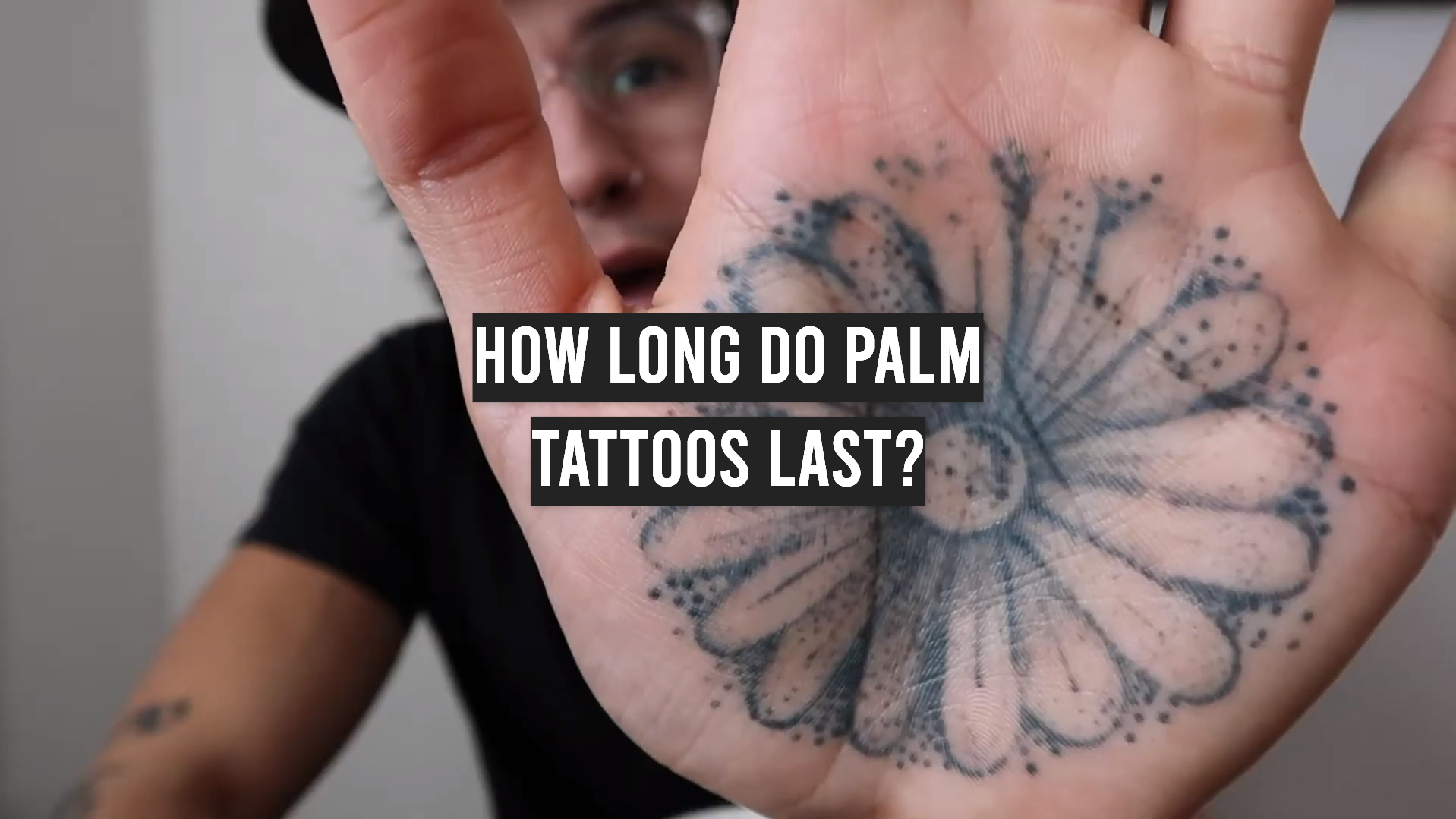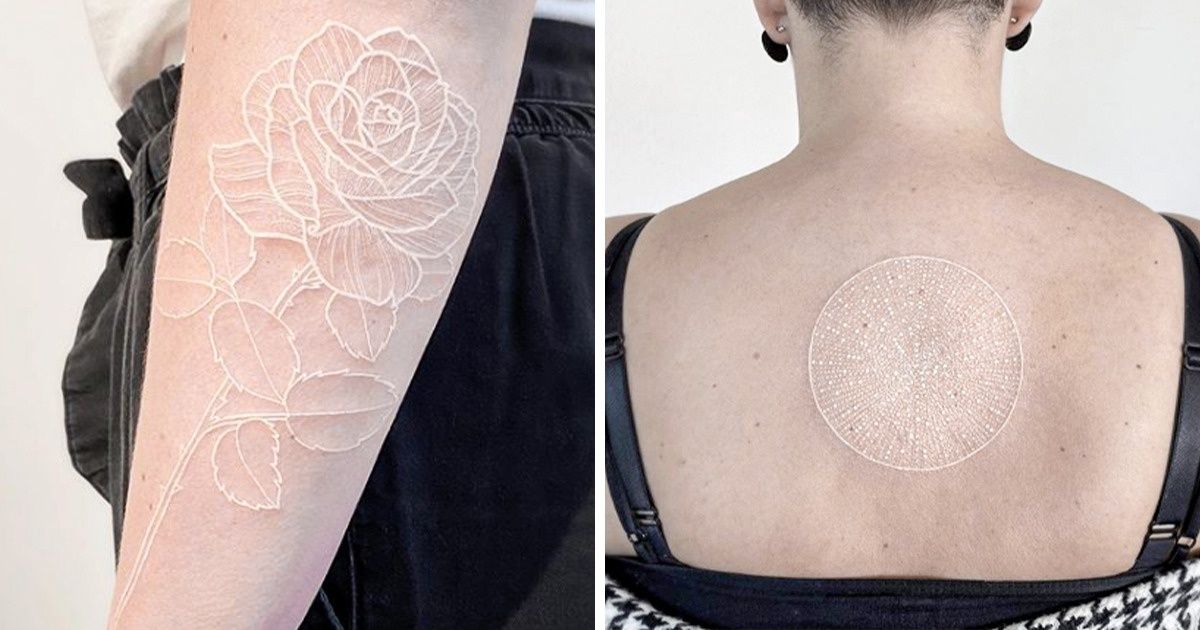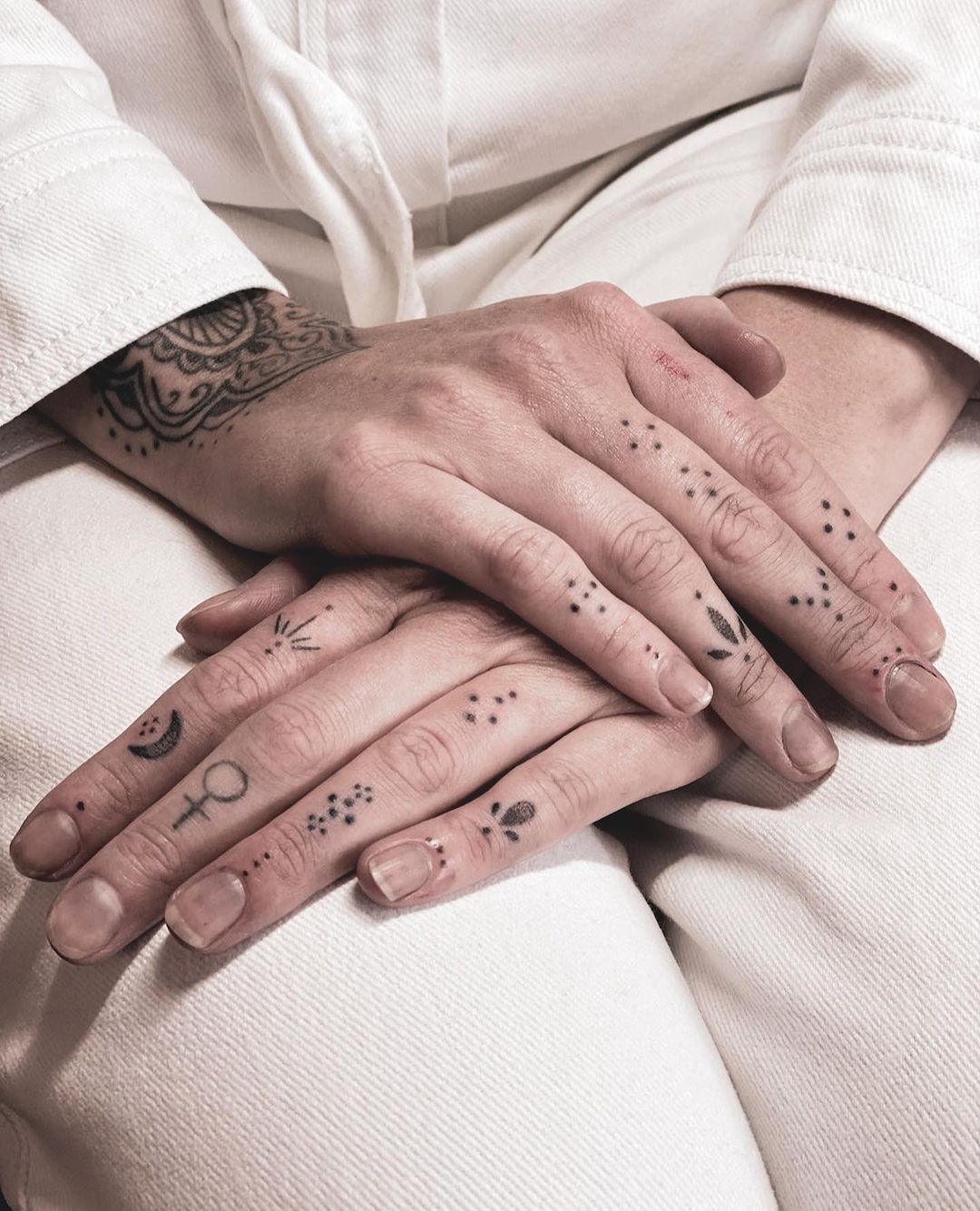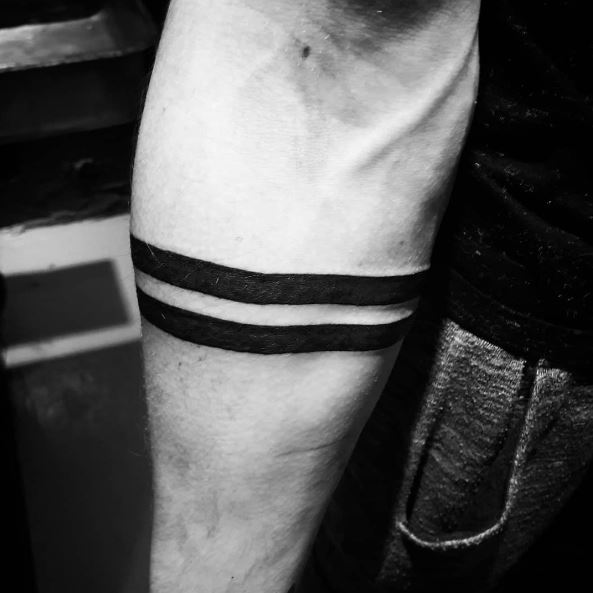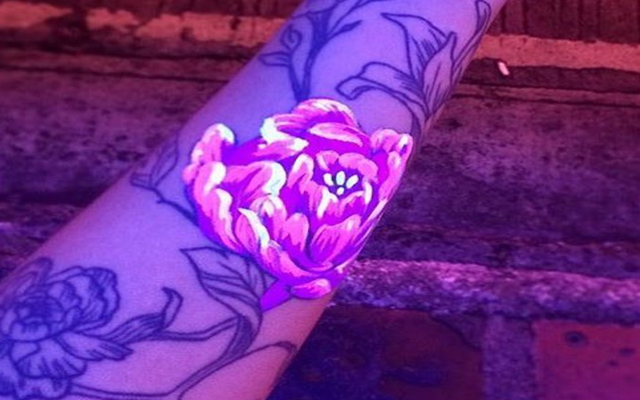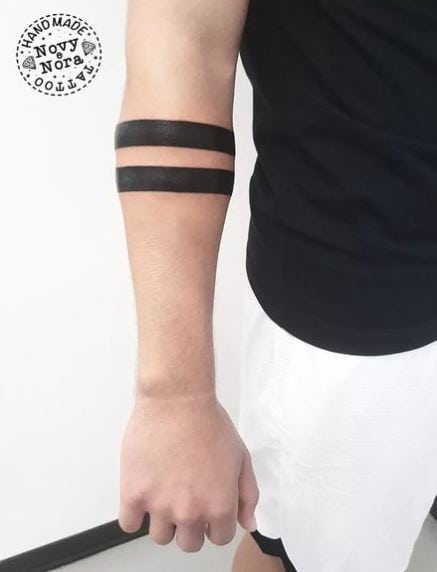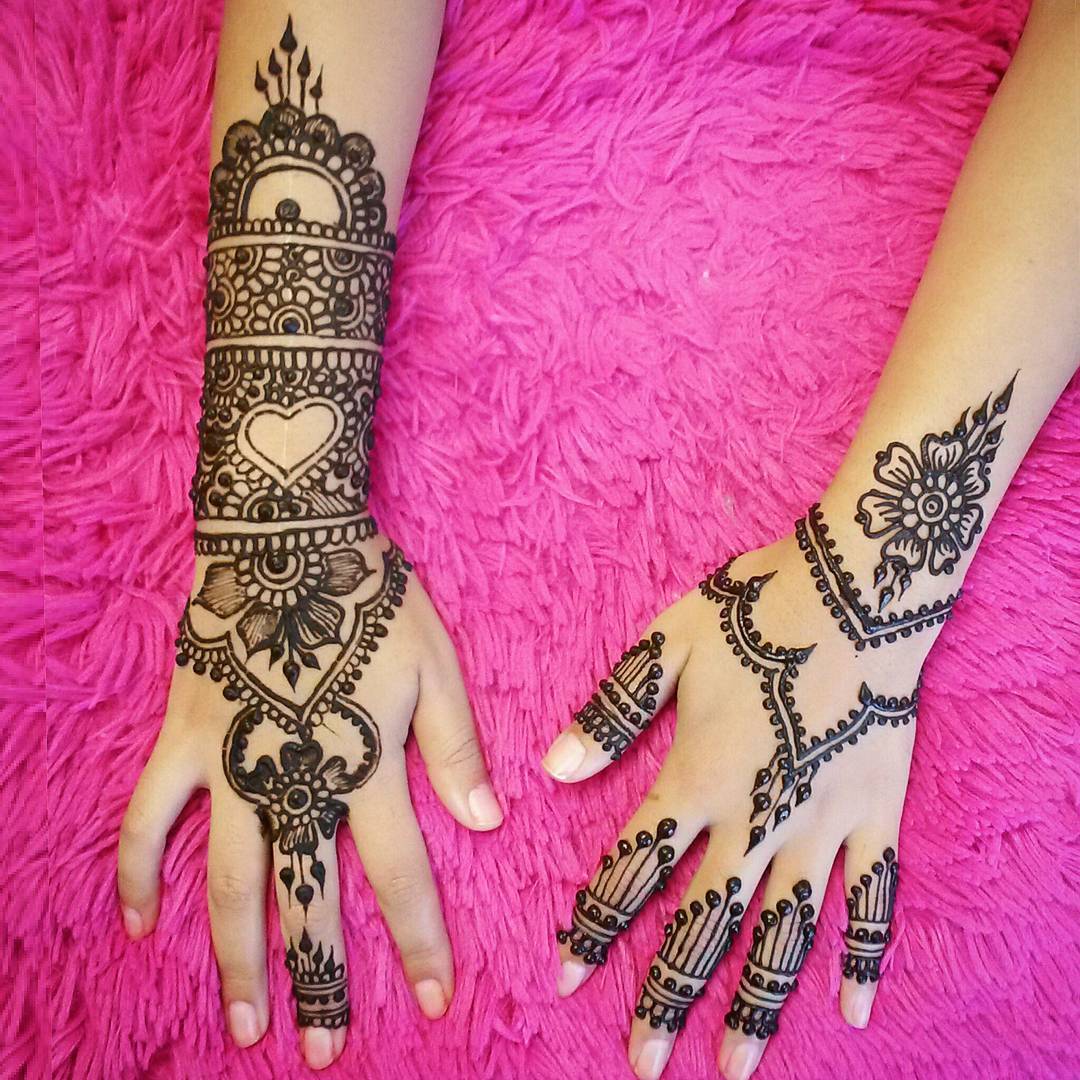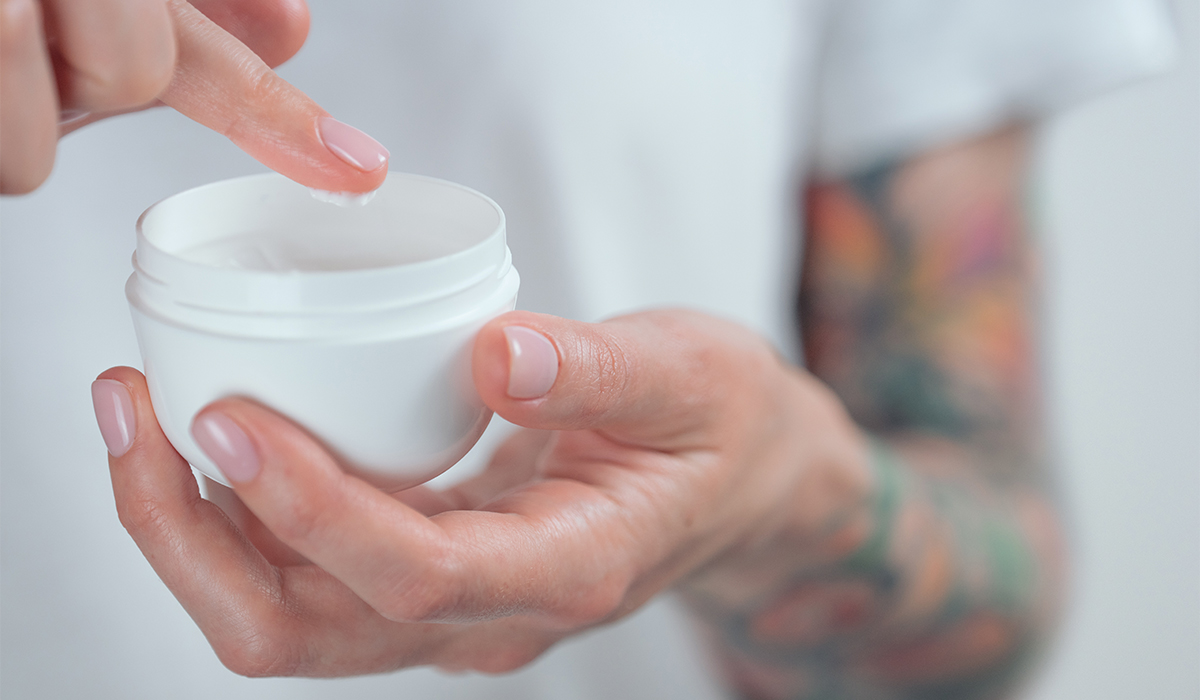
The Bold Truth: Do Small Tattoos with Thick Outlines Stand the Test of Time?
The world of tattoos is a vibrant tapestry of artistry and personal expression. From sprawling back pieces to delicate finger designs, each tattoo tells a story. But beyond the aesthetics, a crucial question lingers in the minds of ink enthusiasts: how long will my tattoo actually last? This is especially pertinent when considering smaller tattoos, those bite-sized pieces of art that pack a powerful punch in a compact space. And when it comes to small tattoos, the debate often centers on the importance of thick outlines. Do they truly contribute to longevity, or is it just an old wives’ tale whispered in tattoo parlors? Let’s dive deep into the ink-redible world of tattoo longevity and uncover the truth behind thick outlines.
1. The Fading Fear: Why Tattoo Longevity Matters
Let’s face it: nobody wants their carefully chosen tattoo to morph into a blurry, unrecognizable mess a few years down the line. The fear of fading is a real concern, especially when investing time, money, and emotional significance into a piece of body art. A well-maintained tattoo is a source of pride, a testament to your personal style, and a lasting reminder of a cherished memory. But a faded, poorly executed tattoo can be a source of regret. Understanding the factors that influence tattoo longevity is therefore paramount in making informed decisions about design, placement, and aftercare.
2. Small Tattoos: A Unique Challenge in the Longevity Game
Small tattoos, while undeniably appealing, present a unique set of challenges when it comes to long-term vibrancy. Their intricate details are often packed into a limited space, making them more susceptible to the effects of ink migration and fading. Imagine trying to paint a miniature masterpiece on a canvas the size of your thumbnail – the precision required is immense, and even the slightest imperfection can become magnified over time. Similarly, with small tattoos, the skill of the artist and the quality of the ink become even more crucial.
3. The Outline Advantage: A Bold Border Against the Ravages of Time?
This brings us to the million-dollar question: do thick outlines really make a difference? The answer, in short, is yes, but with a few important caveats. Thick outlines act as a strong framework, defining the shape and preventing the inner details from blurring together as the tattoo ages. Think of it like the sturdy foundation of a building – it provides the necessary support and structure to withstand the elements.
4. How Thick Outlines Work Their Magic: A Deep Dive into the Science
The science behind this lies in the way the ink interacts with the skin over time. As the body naturally breaks down the ink particles, they tend to spread outwards. A thick outline acts as a barrier, containing this spread and preserving the original design. The bolder lines are also less likely to disappear completely, ensuring that the core structure of the tattoo remains visible even as some of the finer details fade.
5. The Ink Factor: Choosing the Right Pigment for Lasting Power
While thick outlines provide a structural advantage, the type of ink used is equally critical. High-quality inks, particularly those with a higher pigment concentration, are more resistant to fading and tend to hold their color for longer. Black ink, in particular, is known for its longevity, making it a popular choice for outlines. Discussing ink options with your tattoo artist and opting for reputable brands is a crucial step in ensuring the long-term vibrancy of your tattoo.
6. Artist Expertise: The Hand That Holds the Key to Longevity
The skill and experience of the tattoo artist are paramount. A skilled artist understands the nuances of ink placement, depth, and saturation, ensuring that the ink is properly deposited into the dermis layer of the skin. This deeper placement prevents the ink from being easily shed by the body, contributing to the tattoo’s longevity. Furthermore, an experienced artist will be able to advise you on the best design choices for your skin type and the placement of the tattoo.
7. Placement Matters: Where You Put It Affects How Long It Lasts
The location of your tattoo plays a significant role in its lifespan. Areas that experience frequent friction, such as fingers, hands, and feet, tend to fade more quickly due to the constant rubbing against clothing and other surfaces. Similarly, areas exposed to excessive sun exposure, such as the shoulders and back of the neck, are more prone to fading. Choosing a less exposed area can significantly extend the life of your tattoo.
8. The Sun’s Silent Assault: Protecting Your Ink from UV Damage
Sunlight is a tattoo’s worst enemy. The sun’s ultraviolet (UV) rays break down the ink pigments, causing them to fade and lose their vibrancy. Protecting your tattoo from sun exposure is therefore crucial. This can be achieved by applying a high-SPF sunscreen to the tattooed area whenever you’re outdoors, or by covering it with clothing.
9. Aftercare is Everything: Nurturing Your Tattoo for Long-Term Vibrancy
Proper aftercare is essential for the healing process and the long-term maintenance of your tattoo. Following your artist’s instructions carefully, which typically include keeping the tattoo clean and moisturized, is crucial for preventing infection and promoting optimal healing. Avoid picking or scratching the tattoo, as this can damage the skin and affect the ink’s stability.
10. Beyond Thick Outlines: Other Design Elements That Contribute to Longevity
While thick outlines are beneficial, other design elements can also contribute to the longevity of a small tattoo. Simple designs with fewer intricate details tend to hold up better over time. Avoiding overly complex shading or fine lines can also help to prevent blurring and fading.
11. The Touch-Up Option: Reviving Faded Ink and Reclaiming Vibrancy
Even with the best care, tattoos can fade over time. Fortunately, touch-ups are a readily available option for reviving faded ink and restoring the tattoo to its original vibrancy. A touch-up involves re-inking the faded areas, reinforcing the outlines, and correcting any imperfections. Consider scheduling regular touch-ups every few years to keep your tattoo looking its best.
12. Skin Type and Tattoo Longevity: A Surprising Connection
Your skin type can also influence how well your tattoo holds up. Individuals with oily skin may experience faster fading due to the increased sebum production, which can break down the ink pigments. Conversely, individuals with drier skin may experience slower fading. Discussing your skin type with your tattoo artist can help them tailor the ink and technique to your specific needs.
13. The Myth of White Ink: Why It’s Not Always the Best Choice for Longevity
White ink tattoos, while trendy, are notorious for fading quickly. White ink pigments are less dense than other colors, making them more susceptible to the effects of the body’s natural processes. While white ink can be used effectively as highlights or accents, it’s generally not recommended as the primary color for a tattoo, especially if longevity is a concern.
14. Realistic Expectations: Understanding the Natural Aging Process of Tattoos
It’s important to have realistic expectations about the lifespan of your tattoo. No tattoo will look exactly the same decades down the line as it did on the day it was inked. Some fading and blurring are inevitable, regardless of the design, ink quality, or aftercare. Embracing the natural aging process of your tattoo can help you appreciate its evolution over time.
15. The Future of Tattoo Longevity: Advancements in Ink and Techniques
The world of tattoo technology is constantly evolving. Researchers are continually developing new and improved inks with enhanced longevity and resistance to fading. Advanced tattooing techniques, such as micro-needling and laser-assisted tattooing, are also being explored to improve ink placement and retention. The future of tattoo longevity is bright, with exciting advancements on the horizon.
Conclusion: The Bold and the Beautiful: Making Your Small Tattoo Last
In conclusion, while thick outlines do indeed play a significant role in the longevity of small tattoos by providing a structural framework and preventing blurring, they are just one piece of the puzzle. Factors such as ink quality, artist expertise, placement, sun protection, aftercare, and even your skin type all contribute to the long-term vibrancy of your ink. By considering these factors carefully and working closely with a reputable tattoo artist, you can ensure that your small tattoo stands the test of time and remains a cherished piece of art for years to come. So, go ahead, embrace the bold and beautiful world of small tattoos, knowing that with the right choices, your ink can last a lifetime.
FAQs: Your Burning Tattoo Questions Answered
1. Will a thick outline completely prevent my tattoo from fading?
While a thick outline helps significantly, it’s not a foolproof guarantee against fading. Other factors, such as sun exposure and skin type, also play a role. Think of it as a strong foundation – essential, but not the only element holding the building together.
2. I already have a small tattoo with thin lines. Is there anything I can do to improve its longevity?
Yes! Consistent sunscreen use is key. Also, consider a touch-up to thicken the lines and reinforce the design. Discuss your options with a reputable tattoo artist.
3. Are color tattoos inherently less durable than black ink tattoos?
Generally, yes. Black ink is known for its superior longevity. Colored inks tend to fade more quickly, especially lighter shades like pastels. However, high-quality colored inks can still last a long time with proper care.
4. How often should I get a touch-up on my tattoo?
This depends on the individual tattoo and your skin. Some people may need touch-ups every few years, while others can go longer. Pay attention to your tattoo and schedule a touch-up when you notice significant fading or blurring.
5. Can laser tattoo removal affect the longevity of my other tattoos nearby?
Potentially. Laser tattoo removal can sometimes cause slight fading or blurring in surrounding tattoos, especially if they are very close to the treated area. Discuss this risk with your laser technician before proceeding.








